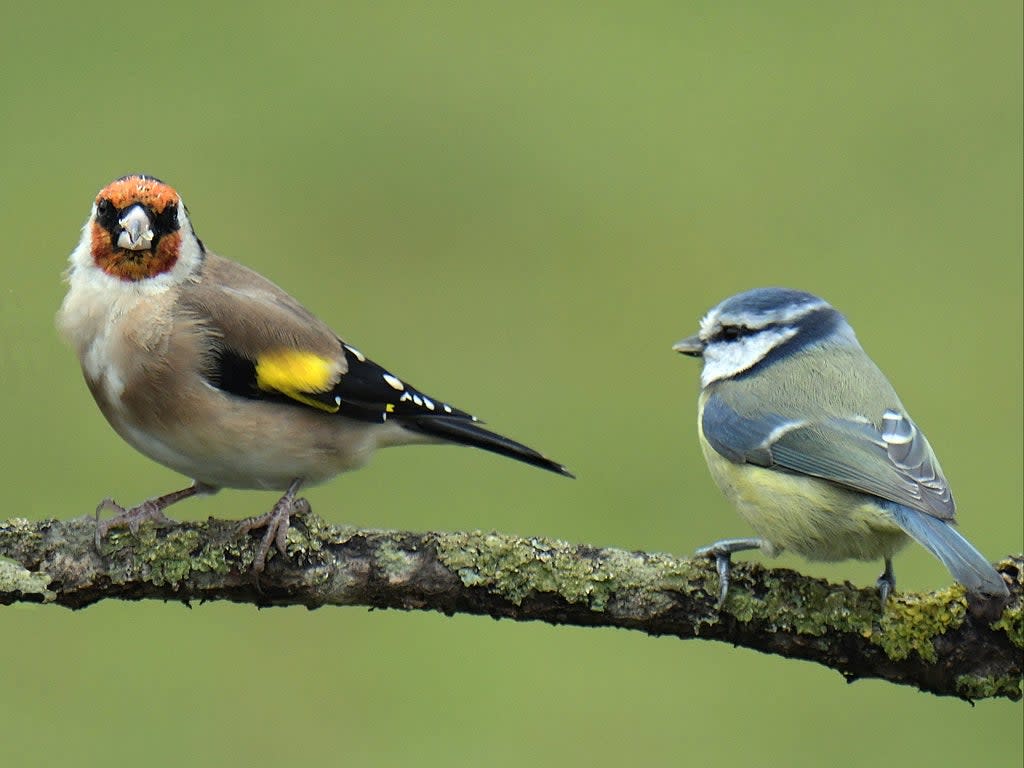Birdsong becoming quieter and less varied due to species declines, international study warns

The transporting sound of birdsong, which plays a key role in humanity’s connection with nature, is growing quieter and becoming less varied across Europe and North America, research examining the last 25-years has revealed.
The research team warned that the loss of certain species, which serves to make the sounds of the natural world less complex and lower in volume, could lead to lower levels of appreciation and interaction with the countryside, which in turn could allow the problem to get even worse.
The team, led by scientists at the University of East Anglia, used a new technique to reconstruct the soundscapes of more than 200,000 sites over the past 25 years.
This included using “world-leading” citizen science bird monitoring data along with recordings of over 1,000 species of birds in the wild.
The monitoring levels of the various birds seen in the wild were then used to reconstruct historic soundscapes.
Lead author Dr Simon Butler, from UEA’s School of Biological Sciences, said: “The benefits of nature contact are widespread, from improved physical health and psychological well-being to increased likelihood of participating in pro-environmental behaviour.
“Bird song plays an important role in defining the quality of nature experiences but widespread declines in bird populations, and shifts in species’ distributions in response to climate change, mean that the acoustic properties of natural soundscapes are likely to be changing.
“However, historical sound recordings don’t exist for most places so we needed to develop a new approach to examine this.”
The reconstructed soundscapes were based on annual bird count data from the North American Breeding Bird Survey and Pan-European Common Bird Monitoring Scheme sites, which were combined with recordings from Xeno Canto, an online database of bird calls and songs.
The researchers then categorised the acoustic characteristics of these soundscapes using four indices to measure the distribution of acoustic energy across frequencies and time.
These indices are driven by birdsong complexity and variety across contributing species but quantify the diversity and intensity of each soundscape as a whole.
Dr Butler said: “We found a widespread decline in the acoustic diversity and intensity of natural soundscapes, driven by changes in the composition of bird communities.
“These results suggest that the soundtrack of spring is getting quieter and less varied and that one of the fundamental pathways through which humans engage with nature is in chronic decline, with potentially widespread implications for human health and wellbeing.
“Given that people predominantly hear, rather than see, birds, reductions in the quality of natural soundscapes are likely to be the mechanism through which the impact of ongoing population declines is most keenly felt by the general public,” he added.
The researchers said the relationship between changes in the structure of bird communities and resultant soundscape characteristics is not easy to predict.
Dr Catriona Morrison, a post-doctoral researcher in UEA’s School of Biological Sciences, conducted the analyses. She said: “In general, we found that sites that have experienced greater declines in either total abundance and/or species richness also show greater declines in acoustic diversity and intensity.
“However, initial community structure and how the call and song characteristics of species complement each other, also play important roles in determining how soundscapes change.
“For example, the loss of species such as skylark or nightingale, which sing rich and intricate songs, is likely to have a greater impact on the complexity of the soundscape than the loss of a raucous corvid or gull species. Critically however, this will also depend on how many occurred on the site, and which other species are present.
“Unfortunately, we are living through a global environmental crisis, and we now know that the diminishing connection between people and nature may be contributing to this,” she said.
“As we collectively become less aware of our natural surroundings, we also start to notice or care less about their deterioration. Studies like ours aim to heighten awareness of these losses in a tangible, relatable way and demonstrate their potential impact on human well-being.”
The study comes after research by Birdlife International, released last month, revealed one in five bird species in Europe is threatened or near threatened by extinction, and one in three bird species in Europe has declined over the last few decades.
The research said the key drivers of declines among birds in Europe are large-scale land-use change, intensive agricultural practices, over-exploitation of marine resources, pollution of inland waters and infrastructure development.
The new study is published in the journal Nature Communications.
Read More
Boris Johnson holds press conference at Cop26 today – follow live
Campaign groups shocked after being shut out of Cop26 negotiations
What roads are closed in Glasgow for Cop26?
First-of-its-kind agreement sees South Africa receive $8.5bn to ditch coal at Cop2
CopP26 cruise ship to run on fossil fuels despite ability to use clean onshore energy

 Yahoo News
Yahoo News 
